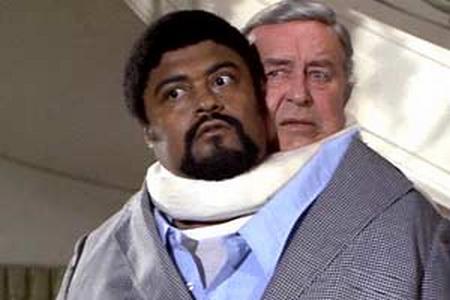just because it's always teed up for you...
 Saturday, February 13, 2010 at 7:37PM
Saturday, February 13, 2010 at 7:37PM  Direct marketing is by definition a response medium. And when I get briefed on a direct job, I’m automatically thinking about how to maximize response.
Direct marketing is by definition a response medium. And when I get briefed on a direct job, I’m automatically thinking about how to maximize response.
In digital, the intentions aren't so clear cut. In digital anything is possible. A kick-ass awareness campaign. A staggeringly efficient CRM campaign. A hugely succesful consumer engagment and prospecting campaign. It's all there for you...
But not even digital can do all of the above things simultaneously.
And that’s a really important thing to look out for when you're working in digital, I find. You have to be really clear about your purpose – your client, your account team, your creatives and tech people all have to be aligned on that one strategy. And that strategy should answer the question, how are you building the client’s business?
I've had clients in the past say they wanted to do an awareness campaign with banners, but they'd measure its effectiveness by clickthroughs and number of leads generated. Not that those are bad metrics of course, but they're not the first (or even second or third) metrics I'd look at if I'm trying to broaden awareness. Inevitably, when we got briefed on that client's work, they kept assuring us, "No, this time we really want to create awareness," and so the team would go off and come up with some pretty cool ideas. And the reaction in the creative presentation would be great. And then the feedback would come, hours or days later, and it would all be couched in the language of being more effective at generating clicks. We began to feel like Charlie Brown, barreling down the field to kick the ball that Lucy promised not to pull away this time...
The finished work was never as good as it could have been for this client, because the creative always twisted as the strategy and metrics changed.
It should all come out at the brief, I know. Everything should be clear at that meeting when everyone's questions get voiced and hopefully answered. It just doesn't always happen that way.
And I don't mean to say it's all the client's fault, because agency folks can do something similar. I've had an art director get briefed on something like a landing page for registering people, and actually tell me that the page was all about registration – and then present me with page designs that buried the register now button under all sorts of cool flash and video, the fifteenth thing that a user might see. It's so easy to play, to do cool things, to offer up the latest technology. It's so easy to push your design for an email and insist on sweating over it when it hits someone's inbox as one big jpeg... forgetting of course that images don't automatically download in most people's preview panes, where your award-winning creative is instantly skipped over, its message totally lost.
In digital it's really easy to be unclear about what you want to do, because you can do it all. It's always all served up for you. It just requires the extra discipline to remind yourself that you can't do it all at once.
 Charlie Brown,
Charlie Brown,  clients,
clients,  digital
digital 

